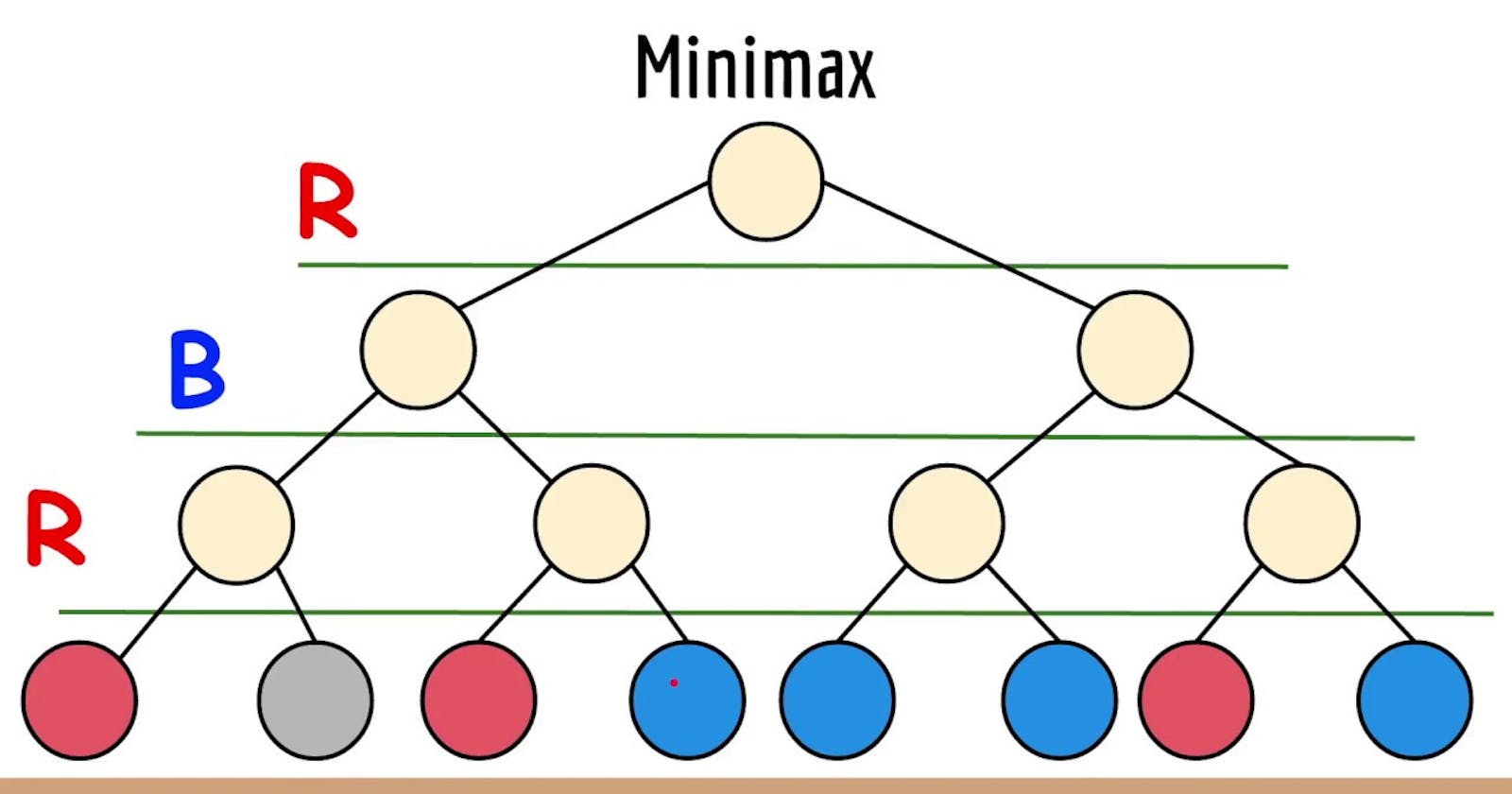MINIMAX Algorithm
Introduction
Welcome to today's coding club class! In this session, we will explore the fascinating world of the Minimax algorithm. Minimax is a fundamental concept in game theory and artificial intelligence that enables intelligent decision-making in games. Whether you're interested in building game-playing agents or simply understanding strategic decision-making, the Minimax algorithm is a powerful tool to have in your arsenal. Let's dive in!

Understanding the Basics
Overview of game theory and decision-making in games.
- Introduction to the Minimax algorithm and its goals.
- How Minimax works: the concept of game trees and the evaluation function.
- Exploring the two key players: the maximizing player (Max) and the minimizing player (Min).
The idea of searching the game tree and evaluating terminal states.
Minimax Algorithm in Action:
Implementing Minimax: step-by-step breakdown of the algorithm.
- Pseudocode representation for clarity.
- Recursive depth-first search and tree traversal.
- Minimax with alpha-beta pruning: optimizing the search process.
- Understanding the alpha and beta values and their role in pruning.
Advantages of alpha-beta pruning.
Applying Minimax to Practical Scenarios:
Tic-Tac-Toe: a classic example to illustrate the Minimax algorithm.
- Creating the game state representation.
- Implementing the evaluation function for terminal states.
- Coding the Minimax algorithm for optimal moves.
- Testing and playing against the computer agent.
Chess, Checkers, or other complex games:
- Discussing the challenges of applying Minimax to larger games.
- Strategies for handling the game complexity.
- Techniques to improve performance and efficiency.
Real-World Applications:
Beyond games: exploring applications of Minimax in decision-making systems.
- Robotics, autonomous vehicles, and strategic planning.
- Minimax in economics, political science, and negotiation scenarios.
Limitations and considerations in real-world applications.
How Does It Works?
Tree Number One:

Tree Number Two:

MiniMax In Code
def minimax_search(state, game):
player = game.next_player(state)
# define labels on each level of the tree
def max_value(state):
if game.is_leaf(state):
return game.goodness(state, player)
return max([min_value(s) for (_, s) in game.next_state(state)])
def min_value(state):
if game.is_leaf(state):
return game.goodness(state, player)
return min([max_value(s) for (_, s) in game.next_state(state)])
# minimax method
children_values = [(a, min_value(s)) for (a, s) in game.next_state(state)]
step, value = max(children_values, key=lambda a_s: a_s[1])
return step
Conclusion
Congratulations! You have successfully completed our Minimax algorithm class. You now have a strong foundation in strategic decision-making and game theory. By implementing the Minimax algorithm, you can create intelligent game-playing agents and tackle complex decision problems. Keep exploring and applying these concepts to unleash the full potential of Minimax in your coding adventures.
